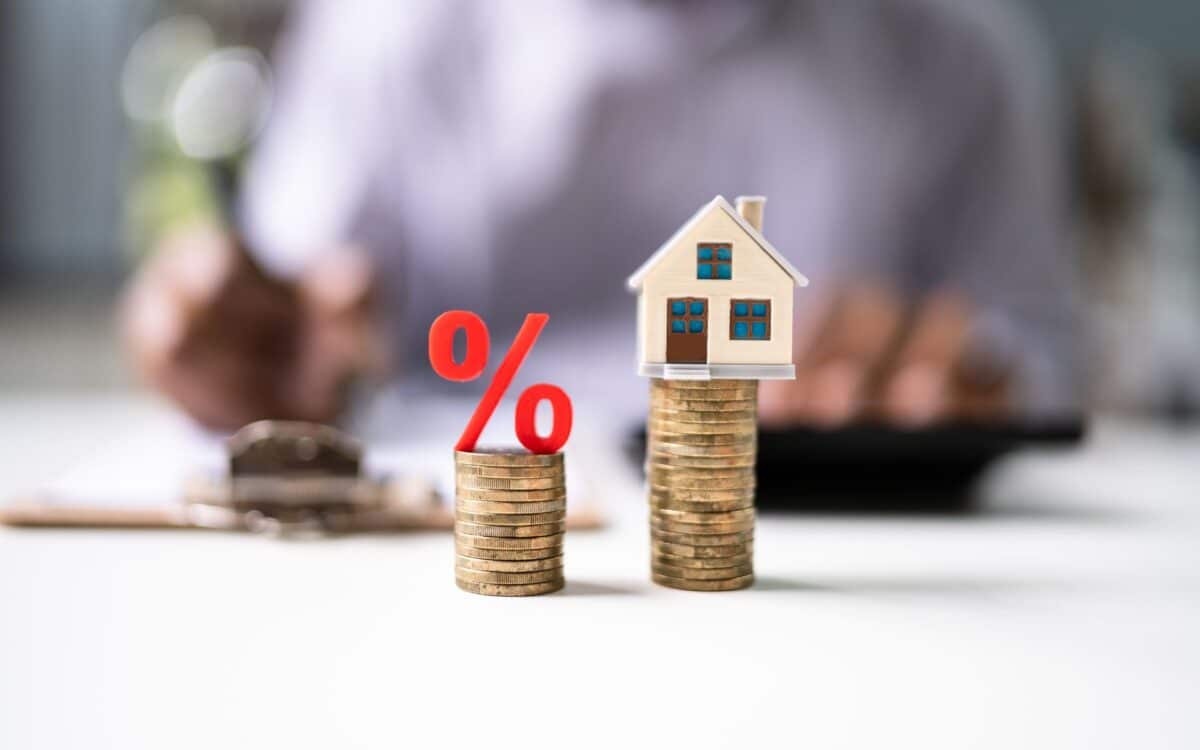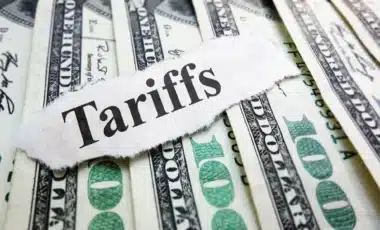Mortgage experts are predicting a slowdown in UK property price growth in 2025 due to the expected rise in mortgage rates and higher stamp duty, according to projections by real estate firms Zoopla and Knight Frank.
Based on the two companies’ forecasts, median property values are expected to rise by 2.3% over the coming year, down from the 3.6% annual increase documented by Halifax in November and the 3.1% expansion disclosed by the Office for National Statistics (ONS) in August.
Impact of Upcoming Stamp Duty Changes on Homebuyers
The proportion of homebuyers paying stamp duty is expected to rise significantly, from 49% today to 83% in April 2025, due to changes in tax thresholds. Below is a summary of the key impacts:
| Threshold Changes | Current Rule | From March 2025 |
|---|---|---|
| General threshold for home movers | Pay stamp duty above £250,000 | Pay stamp duty above £125,000 |
| First-time buyer threshold | No stamp duty up to £425,000 | No stamp duty up to £300,000 |
Examples of Stamp Duty Costs:
- Home priced at £300,000: Stamp duty will double from £2,500 to £5,000.
- First-time buyer purchasing a £425,000 home: Current tax-free purchase will result in a £6,205 stamp duty bill.
Regional Impacts:
- Buyers in the Midlands and Northern England, where up to 67% of sales fall between £125,000 and £250,000, will feel the increased costs most acutely.
- In southern England, higher property values mean buyers will bear a disproportionate share of the additional costs.
Mortgage Rates Add Pressure
The rise in mortgage rates is another important factor likely to weigh on house price growth. As a result of the recent economic plans presented by the Chancellor in the Budget, mortgage rates have risen sharply.
So far in October, the lowest five-year fixed rate has risen from 3.68% to 4.14%, while the lowest two-year fixed rate has climbed from 3.84% to 4.22%.
However, due to these rate hikes, Knight Frank has lowered its forecast for property price growth in 2025 from 3% to 2.5%. In addition, the company expects higher borrowing costs to put downward pressure on prices and transaction volumes in the short term.
According to Knight Frank, over the next five years, property prices are expected to grow by a cumulative 19.3%, slightly less than Savills’ more optimistic forecast of 23.4% by the beginning of 2029.
Mortgage Rate Increases on Regional House Prices
The increased purchase costs due to stamp duty and higher mortgage rates will disproportionately affect buyers in southern England, where property values tend to be higher.
However, the changes will also exacerbate the north-south divide in house price growth, as buyers in lower-value markets are more sensitive to rising costs.
Richard Donnell, executive director at Zoopla, noted that the additional stamp duty costs could act as a drag on house prices, as buyers may demand lower prices to offset the extra expense.:
“While an additional stamp duty payment of £2,500 might be more manageable for those purchasing £1m homes, it’s a much bigger cost for those buying cheaper homes. Faced with this higher cost, homebuyers will want it reflected in the price they pay for their home and will seek to make offers, keeping price rises in check over 2025 and into 2026.” Richard Donnell, executive director at Zoopla
Donnell estimates that these changes could reduce house price growth by 0.5% to 1% in 2025, particularly in higher-value markets, reinforcing regional disparities in price trends.
Long-Term Outlook
While 2025 is expected to see subdued house price growth, both Zoopla and Knight Frank remain cautiously optimistic about the market’s long-term prospects. However, the combination of rising mortgage rates and higher stamp duty costs is likely to create affordability challenges for many buyers, particularly in lower-value markets and among first-time buyers.
As these changes take effect, the housing market will face a more complex and regionally divided landscape, with affordability pressures acting as a key factor in shaping future price trends.











